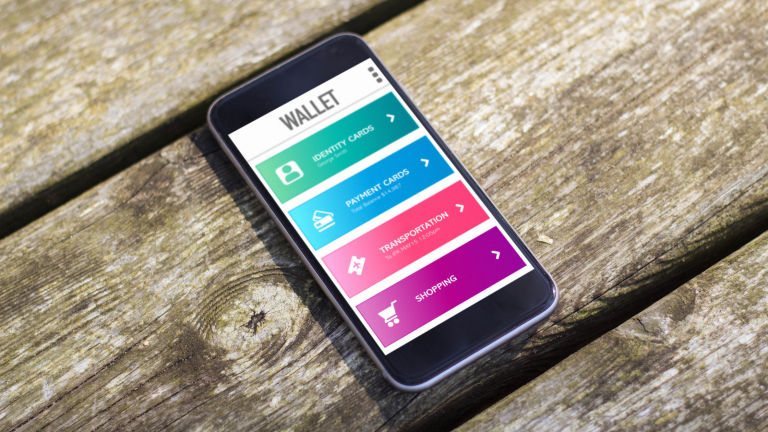In the quest for truly connected blockchain ecosystems, cross-chain interoperability has become a pivotal focus. As separate blockchain networks proliferate, new solutions are emerging to enable seamless asset and data flow across chains. These include novel messaging layers, modular blockchains, and rollup-driven bridges that promise to eliminate silos.
In this article, we explore six lesser-known but powerful interoperability protocols that are reshaping how decentralized apps communicate across networks. With expertise in multi-chain dApp integration and dual-chain data connectivity, Twendee can help your project leverage these innovations effectively.
Emerging Cross-Chain Protocols
1. Hyperlane
An open, modular messaging framework that connects over 130 blockchains. Hyperlane enables arbitrary data and asset transfers across any EVM or non-EVM chain (seven VM types supported) using a permissionless “omnichain” design. Developers can customize security via Hyperlane’s modular components (such as warp routes), supporting complex workflows like cross-chain asset issuance, governance voting, and MEV-resistant swaps. In short, Hyperlane provides a generalized messaging layer for dApps, allowing bridges, swaps or even cross-chain contract calls without relying on trusted intermediaries.
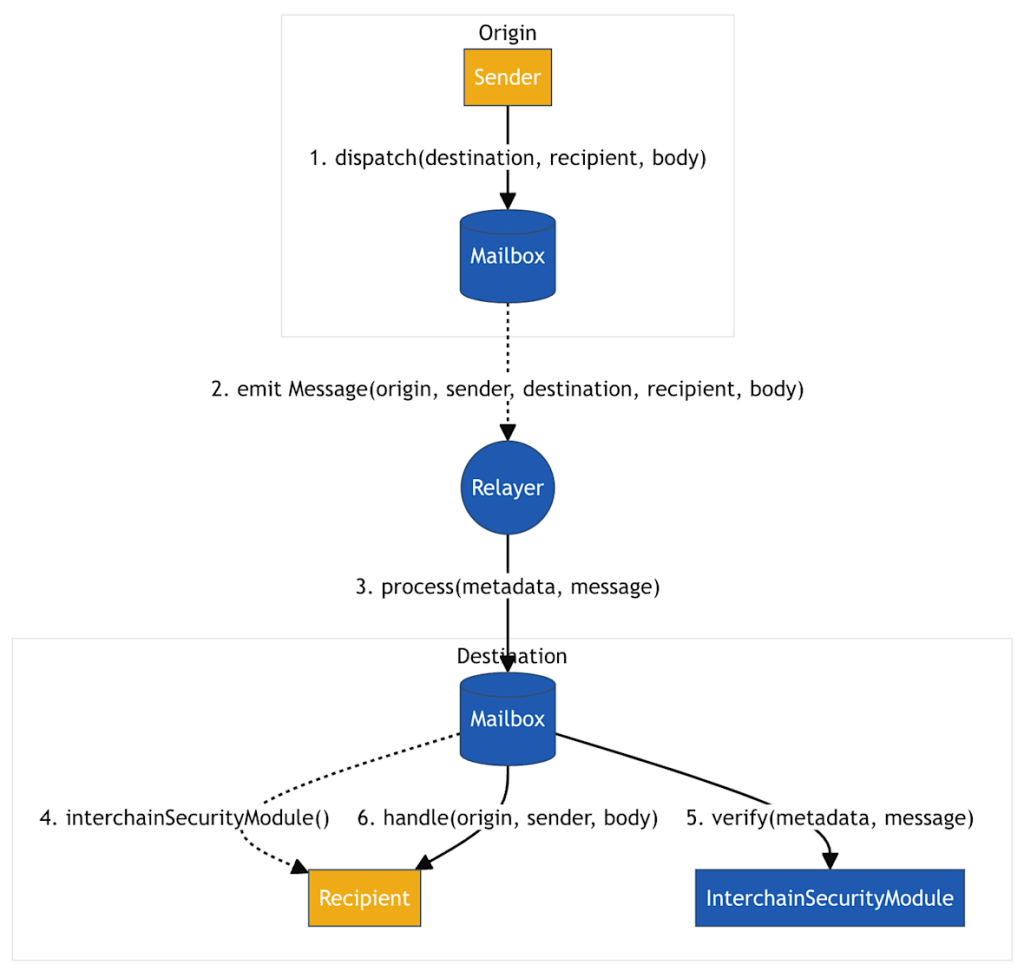
This diagram illustrates the cross-chain interoperability messaging flow in Hyperlane (Source: Coinbase)
2. deBridge
A fully modular liquidity and messaging protocol bridging 30+ chains. deBridge offers a complete interoperability stack: on-demand liquidity (DLN) for swaps without locking funds, native lock-and-mint bridges (dePort) for canonical wrapped assets, and a generalized messaging layer for arbitrary smart-contract calls. Its innovative “Hooks” framework lets developers program trustless callbacks at settlement, enabling automated cross-chain workflows (e.g. automatic fund transfers or rebalancing when trades execute).
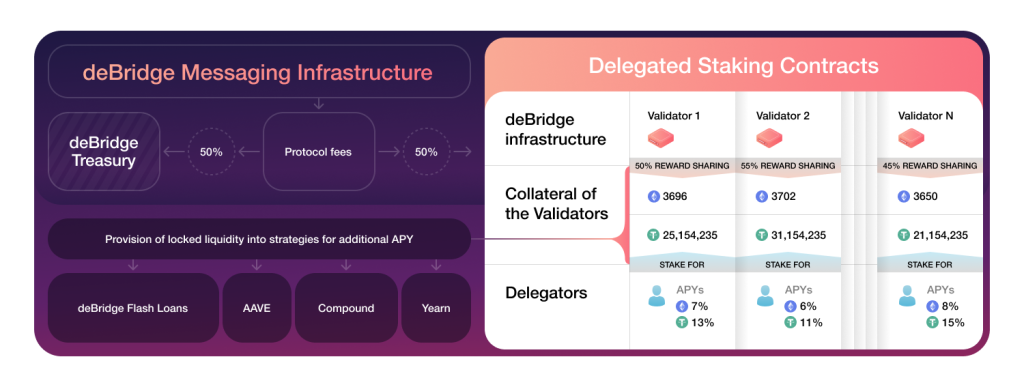
deBridge is the cross-chain messaging protocol is invested by ParaFi (Source: The Block101)
Essentially, deBridge lets any EVM/SVM chain plug into a cross-chain network via a subscription, unlocking instant swaps and function calls across ecosystems.
3. Across Protocol
An intent-based bridge built for speed and efficiency. Instead of using locked pools, Across lets users submit high-level “intents” (for example, move tokens to an L2 or execute a swap) and a network of relayers competes to fulfill them. This design achieves sub-minute settlement with minimal fees. Across currently supports bridging among Ethereum rollups (Optimism, Arbitrum, zkSync, Base, etc.) with very low gas costs (often <$1 to bridge 1 ETH). By leveraging optimistic relaying, Across delivers a “fast, capital-efficient” bridge for rollups, making it ideal for apps that need quick, low-cost multi-chain transfers.
Illustration of Across Protocol’s insured bridge flow combining instant and slow relays for secure cross-layer transfers (Source: Gate.com)
4. Nomad
A security-first, optimistic messaging protocol for cross-chain transfers. Nomad uses an optimistic verification model: off-chain watchers monitor transactions and can challenge fraud via cryptographic proofs. In practice, this means Nomad requires only a single honest participant to ensure safety, enabling enormous gas savings (it cuts on-chain costs by ~90% compared to traditional relay schemes). Its generic message channels let developers deploy smart contracts on any EVM chain without extra logic – making it easy to send tokens or invoke contracts across chains. In summary, Nomad combines optimistic proofs with open-source flexibility to enable fast, trust-minimized bridging of assets and data.
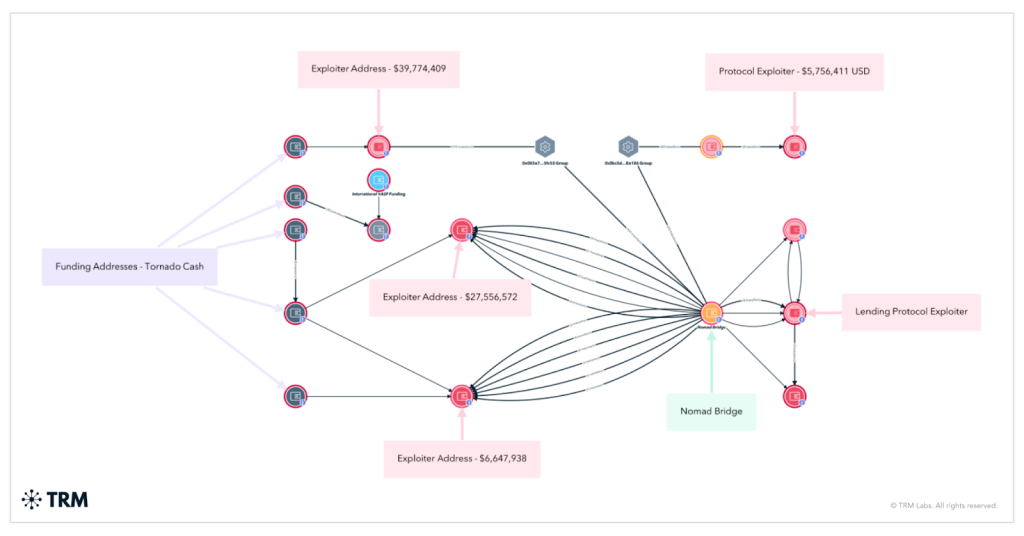
Visualization of on-chain fund flows showing how Tornado Cash–funded exploiter addresses laundered assets through Nomad Bridge and other protocols (Source: TRM Labs)
5. Snowbridge
A trust-minimized bridge connecting Ethereum and Polkadot. Snowbridge enables native asset transfers (ETH and ERC-20s) between Ethereum and Polkadot parachains by relaying light-client proofs. For example, Ethereum contracts can verify Polkadot state through its BEEFY consensus gadget, and vice versa, without custodial trust. This cross-consensus design means assets flow directly between the chains; ETH can move into Kusama/Polkadot accounts and DOT-based tokens can move to Ethereum smoothly. By leveraging Polkadot’s built-in finality protocol, Snowbridge creates a secure bridge that simply never requires funds to sit idle in a vault.
Diagram illustrating cross-chain architecture where Substrate and Ethereum interact through synchronized Bridge, Trust, and App layers for interoperability (Source: Sourceforge)
6. Celestia
A pioneering modular blockchain focused on data availability. Unlike monolithic chains, Celestia separates consensus and data from execution. It provides a decentralized data layer where any blockchain (especially rollups) can publish transaction data and proofs. In a rollup-centric world, developers build smart contracts on any execution layer they like, but use Celestia’s shared network for consensus. This means different rollups effectively “speak the same language” by anchoring to Celestia’s ledger. The result is massively improved interoperability: multiple execution layers can interoperate by reading each other’s data on Celestia. In essence, Celestia’s architecture lays the groundwork for a scalable, multi-chain future where bridging is as simple as reading a common data layer.
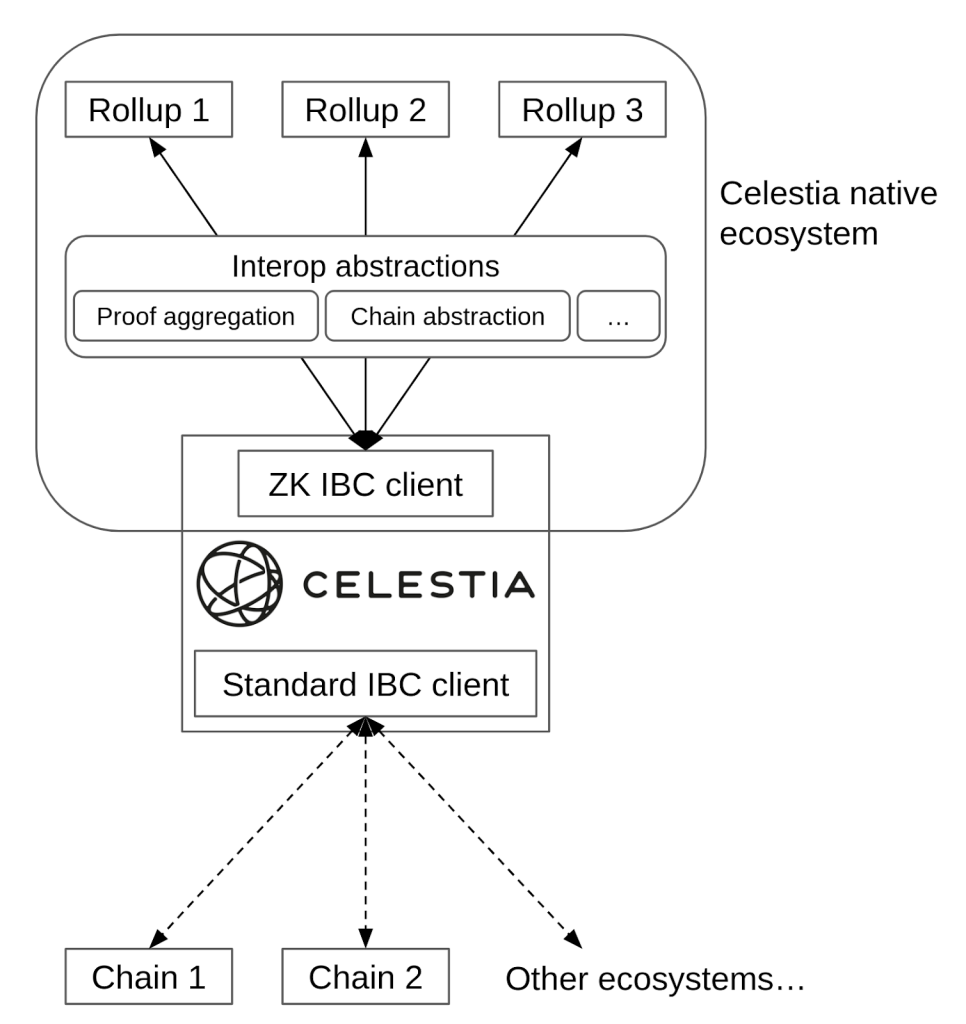
The Celestia endgame to solve fragmentation and stream assets from anywhere (Source: Celestia Blog)
Bringing It All Together
These next-generation protocols each tackle a facet of the interoperability puzzle, from messaging layers (Hyperlane, Nomad, deBridge) to rollup bridges (Across, Snowbridge) to modular architectures (Celestia) – but they have one goal in common: making blockchains work together seamlessly. Implementing them effectively does require expertise.
That’s where Twendee comes in. Our IT services specialize in multi-chain dApp development and cross-chain integration. We can architect solutions that leverage these protocols: for example, integrating Celestia’s data layer for scalable rollups or wiring Hyperlane and deBridge into your smart contracts for generalized messaging. Whether migrating assets with Across, using Nomad’s SDK for fast token transfers, or building cross-consensus features with Snowbridge, Twendee ensures these complex layers work for you.
Ready to make your project truly multi-chain? Our team has the technical know-how to implement these interoperability innovations and tailor them to your use case. Contact Twendee to future-proof your blockchain ecosystem with seamless cross-chain interoperability and expert multi-network integration.
Contact us: Twitter & LinkedIn PageRead latest blog: Multi-Chain Wallets & Cross-Chain Tools Surge in 2025




